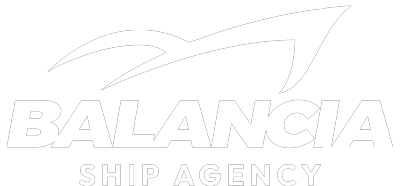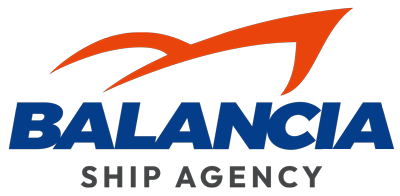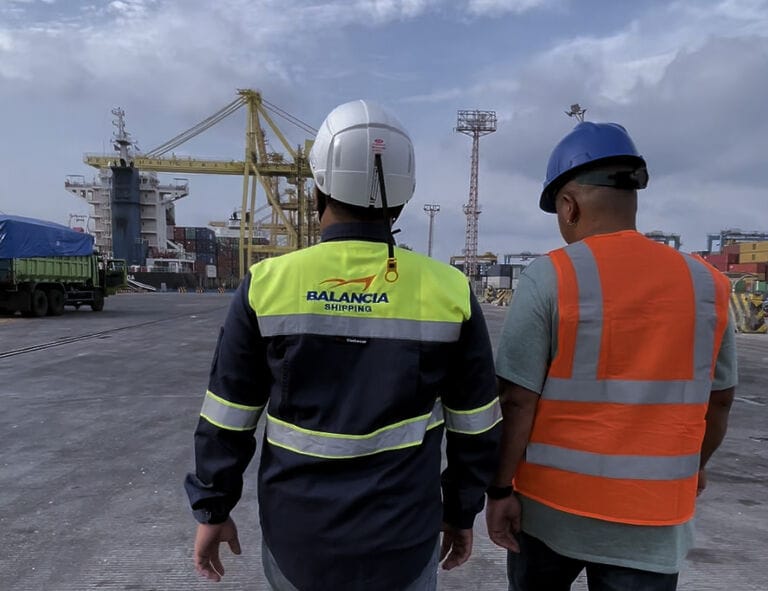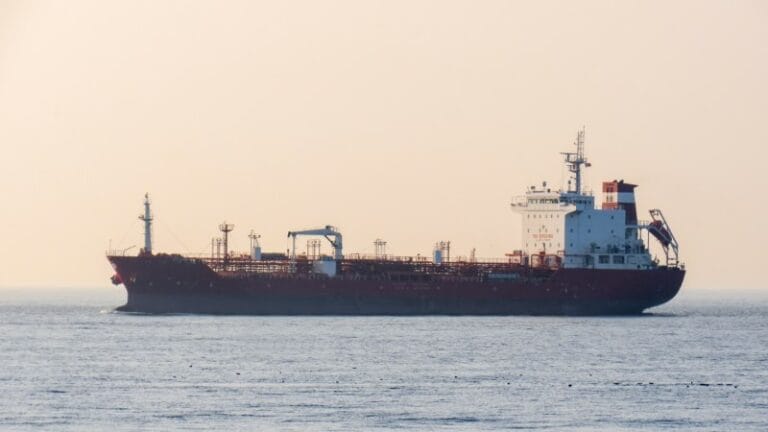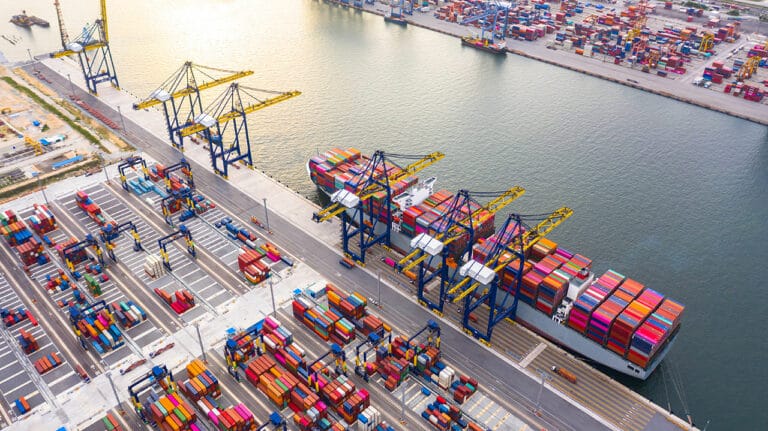Marine Radars
Marine radar serves as an essential navigational tool, providing crucial assistance in the maritime domain. Its primary purpose is to facilitate the identification, tracking (often equipped with integrated ARPA), and positioning of vessels, including one’s own, in accordance with the International Regulations for Preventing Collisions at Sea (COLREGs). By utilizing radar, ships can safely navigate from one point to another while adhering to established rules and regulations.
Marine radar systems are typically categorized based on the frequency bands they operate in, namely the x-band (10 GHz) and S-band (3 GHz). The x-band, operating at a higher frequency, offers a sharper image and superior resolution, enabling clearer vessel identification and tracking. Conversely, the S-band is particularly useful in adverse weather conditions like rain or fog, ensuring reliable identification and tracking capabilities under challenging circumstances.
Features
The main features of marine radars can be described as follows:
- Radar Antenna: The marine radar system incorporates a parabolic antenna that transmits and receives electromagnetic waves. The radar antenna picks up the waves that bounce off objects, displaying them on the Plan Position Indicator (PPI).
- Reflection Analysis: The radar system analyzes the frequency and time it takes for the reflections (flashes) to return to the ship’s radar receiver. This information helps determine whether the vessel’s course can be continued safely. The pulse transmitted by the radar travels twice the distance to the target and back, resulting in a halved range displayed on the PPI.
- Distance Determination: By examining the reflections displayed on the PPI, the radar allows for easy identification of the actual distance of objects. This enables accurate distance measurement and aids in assessing the proximity of potential hazards.
- Bearing Determination: The PPI display also assists in determining the bearing or direction of the target. By observing the position of the target on the PPI, mariners can ascertain the bearing of the detected object, aiding in navigation and collision avoidance.
These features collectively enable mariners to effectively utilize marine radars for safe navigation, providing crucial information about the range, bearing, and identification of objects in the vessel’s vicinity.
Marine radar operates based on the fundamental principle of electromagnetic waves. The term “Radar” itself is an abbreviation for “Radio Detection and Ranging.” The radar system utilizes a specialized antenna to emit high-speed electromagnetic waves, which serve to determine various parameters such as distance, velocity, direction, and altitude of objects, regardless of whether they are in motion or stationary.
Electromagnetic energy travels through the air at a constant high speed, which is equivalent to the speed of light, approximately 300,000 kilometers per second. This rapid transmission enables the radar waves to propagate towards the target and bounce back to the radar antenna, forming reflections.
The marine radar system can detect and analyze reflections from a diverse range of objects, including ships, boats, land formations, weather phenomena, and coastal features. By interpreting the returned radar signals, mariners can obtain valuable information about the surrounding environment and objects within their vicinity.
Purposes
Marine radar serves various purposes and finds multiple applications in the maritime industry. Some of the key uses of marine radar include:
- Range and Bearing Calculation: Marine radar allows for the determination of the range and bearing of targets. This information is then used to derive additional data, such as target speed and course.
- Integration with Shipboard Equipment: Marine radar can be integrated with other shipboard systems, such as Electronic Chart Display and Information Systems (ECDIS), to obtain precise data for navigation and situational awareness.
- Collision Avoidance and Navigation: Marine radar is crucial for safely navigating a vessel and avoiding collisions by providing real-time information about the positions and movements of other ships and objects in the vicinity.
- Position Fixing: Radar can be used to fix a ship’s position by referencing terrestrial objects like lighthouses, buoys, or landmarks. This helps to establish an accurate position on the navigational chart.
- Target Differentiation: In areas with high traffic density, marine radar helps differentiate between multiple targets, allowing the mariner to identify and track specific vessels or objects of interest.
- Weather Determination: Marine radar provides limited weather information, enabling mariners to detect and monitor precipitation, such as rain or storms, in the vicinity.
- Vessel Traffic Service (VTS): VTS centers utilize marine radar to monitor and control coastal traffic, ensuring the safe movement of vessels in busy or restricted areas.
- Advanced Features for Safe Navigation: Marine radar systems often include features like parallel indexing, which aids in maintaining a safe navigation path and preventing grounding or collisions.
- Workload Reduction for Bridge Officers: Marine radar helps alleviate the workload on the Officer of the Watch (OOW) on the bridge by providing valuable information and enhancing situational awareness.
- Pilotage: Marine radar is extensively used during pilotage operations, encompassing all the above aspects to ensure safe and efficient navigation under the guidance of a pilot.
These various applications highlight the critical role of marine radar in enhancing navigation safety and situational awareness at sea.
Need Help At Sea ? Contact Us Now!
BALANCIA SHIP AGENCY
HQ Address : Komplex Ruko Golden City Block C No.3A, Batam City, Indonesia 29432
www.balancia.co.id
Mobile Ph. : +628112929654
Office Ph. : +627784883769
